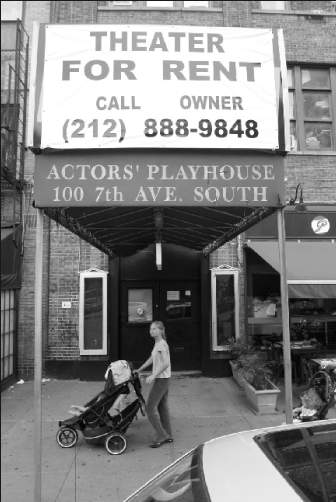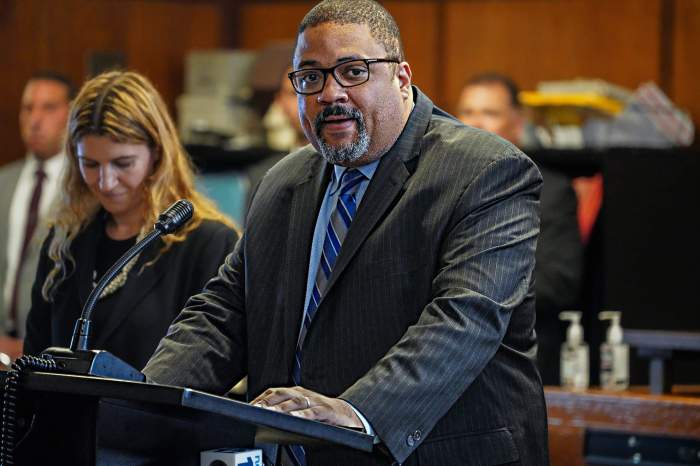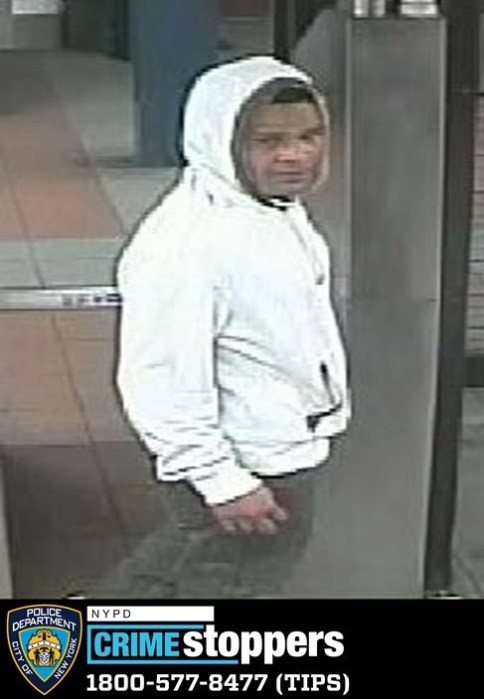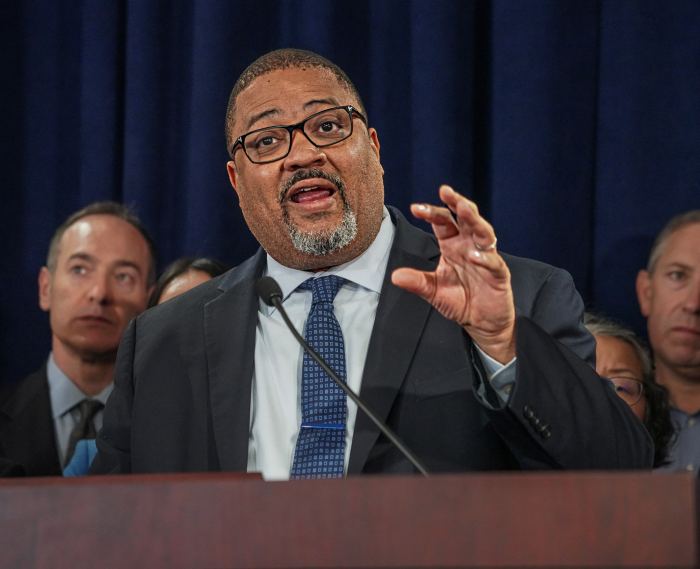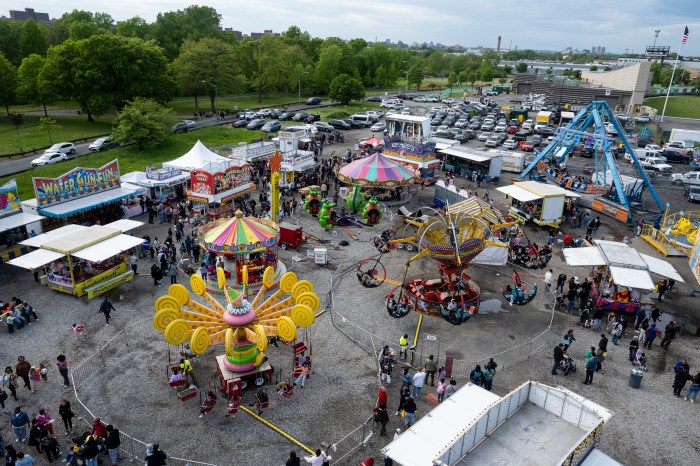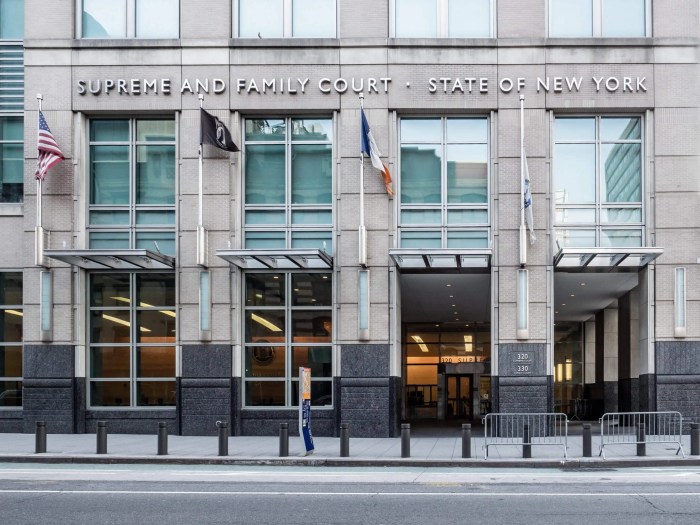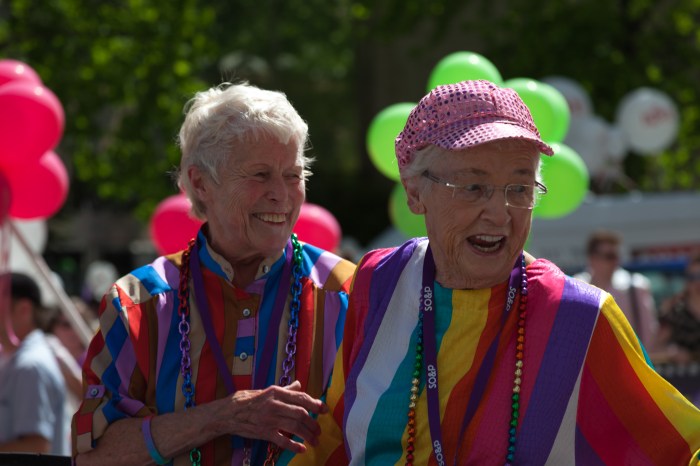By Jerry Tallmer
Jefferson Siegel
The Actors’ Playhouse: Here today, a Duane Reede tomorrow?
First, there is — there always was — the problem of the apostrophe.
Where do you put it? Or do you put it at all? Actor’s Playhouse? Actors’ Playhouse? Or just plain (illiterate) Actors Playhouse? Sometimes through the years you would see it punctuated all three of those ways on the same press release, the same program. On due consideration, I long ago opted — through logic — for Actors’ Playhouse, much as I get the willies with apostrophes dangling after the s.
Then there was this funny thing about the vaguely disreputable wedge-shaped 170-seat playbox at 100 Seventh Avenue South, just below Sheridan Square: The entrance was down a short flight of stairs, and then you went up. It was a little like going to a speakeasy. Noooo, I am not really old enough to have hung out in speakeasies but I have been around long enough to look upon the Actors’ Playhouse as a very old and close acquaintance with whom I have shared theatrical experiences going back to the start of the Off-Broadway movement of the ’50s and ’60s of, dear God, the last century. The joint seemed to be close to falling down even then.
And now — so I read in The Times — the Actors’ Playhouse is going, going, gone. Can’t cut the mustard — or the rent. What else, as they say, is new?
The phone rings. It is David Rothenberg, calling back in answer to my call. “Did you know,” David says, “that before the Actors’ Playhouse was a theater, it was a nightclub? The woman who’d run it told me that.”
On February 23, 1967, a play called “Fortune and Men’s Eyes” — a tough, purgative drama set in a brutalizing Canadian detention center for young miscreants — opened at the Actors’ Playhouse. The recipient of rave reviews from your servant and others, it was about to make history. The playwright was a young Canadian named John Herbert, the primary producer was a socially aware publicity man — and Greenwich Villager — named David Rothenberg.
“And after the show,” David says, “a few of us would go across the street to the Limelight” — the gemutlich white-walled coffee house founded by Helen Gee — “and get talking, and out of that came the Fortune Society,” Rothenberg’s world-famous organization (then and now) to help former prison inmates get on with their lives.
The Lortel Off-Broadway Archives on the Internet lists 90 productions that have come and gone at the Actor’s Playhouse from “He Who Gets Slapped” (January 1956) to “Gutenberg the Musical,” January to May, 2007 — the last full-length show ever to play there.
But the Lortel roster, long as it is, is far from complete. It does not include, for instance, “Murder at Mincing Manor,” the Everett Quinton farce that was the first thing brought in, in 1995, by Peter Breger, operator of the theater then until now. “I can still see Everett in his long white dress,” Mr. Breger said in a phone call that followed Rothenberg’s. And the Lortel list does not include four or five other shows at the edges of my own memory, notably one starring Ruth Kaner, who later became a friend of mine.
Here is a bit of what I remember:
Robert Kulp as the sad-faced clown in that 1956 Americanization of Leonid Andreyev’s symbolist “He Who Gets Slapped” —– Bob Kulp who would not long later suddenly turn up on the tube as Bill Cosby’s tennis-playing CIA buddy on “I Spy.”
Sally Kemp, who I thought was headed toward stardom, as Sally Bowles in John Van Druten’s “I Am a Camera.” The stardom never happened.
Colleen Dewhurst, who I knew was headed toward stardom — who could not have known? — as the flamboyant and gorgeous Queen marked out for assassination by a revolutionist student in Cocteau’s “The Eagle Has Two Heads.” This was December 1956, a half-year after Colleen had burst upon that infinitesimal portion of the world that had seen her in tragedy and comedy in Joseph Papp’s far, far Lower East Side stagings by a group of unknowns he called the Shakespearean Workshop Theater. A half-year later from now she’d be working at the Sheridan Square Playhouse, straight across Seventh Avenue, in a swashbuckling melodrama the name of which I mercifully forget, opposite a swashbuckling unknown actor named George C. Scott.
A beautiful, quiet, straight-to-the-heart actress named Gerry Jedd in Garcia Lorca’s “Blood Wedding.” She would be dead before she had barely started.
James Earl Jones and Rosetta LeNoire in Josh Greenfeld’s clever “Clandestine on the Morning Line.” Josh Greenfeld was a sharp, funny guy who — not so funnily — once told me with heat that the one great wrecker of the American theater was Brooks Atkinson of The New York Times. This, while he, Josh, was pacing back and forth on the fringes of a Waldorf tribute to Mr. Atkinson.
Will Holt and Dolly Jonah (Mrs. Holt) in a witty news-of-the-hour revue, “Signs Along the Cynic Route.” Dolly also died far, far too soon.
Tough, caustic Will Hare in John Arden’s kitchen-sink “Live Like Pigs.”
A zophtic girl named Anne Fielding as Thea Ekvsted, Hedda’s rival in “Hedda Gabler.”
A 1984 “Shadow of a Gunman” that, produced by Charlotte Moore, prefigured her and Ciaran O’Reilly’s launching of their splendid little Irish Rep on West 22nd Street.
Josh Kornbluth’s 1992 “Red Diaper Baby,” a memoir about his crib days under his Communist parents.
Here’s what I somehow missed, over the years:
“The Local Stigmatic” (1969), by Harold Pinter and Heathcote Williams, starring Sudie Bond and someone named Al Pacino.
“Torch Song Trilogy” (1982), by and with somebody named Harvey Fierstein (and somebody else named Matthew Broderick.).
“Fun House” (1983), by and with someone named Eric Bogosian.
The Actors’ Playhouse opened as the Actors’ Playhouse — plus or minus that apostrophe — in 1945. So Peter Breger tells me. Look for it to reopen as a pizza parlor any day now. Or a Duane Reade. Hey, does that take a hyphen?



